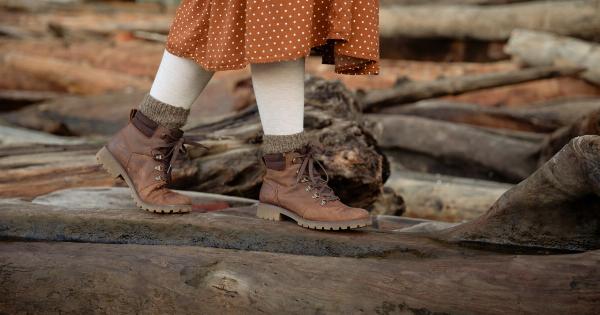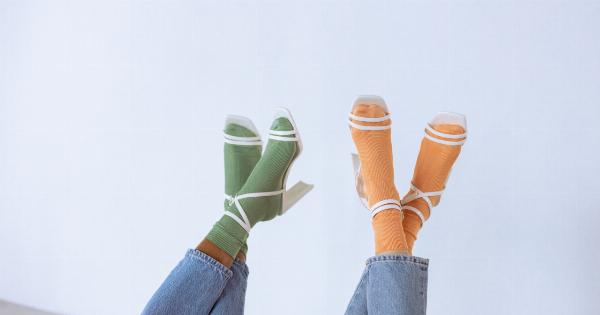Did you know that the condition of your feet can be an indicator of your overall health? Your feet are a complex network of bones, muscles, and nerves that provide stability, balance, and mobility.
Any issues with your feet can affect your entire body, and it’s important to pay attention to the signals your feet may be sending. In this article, we will explore some of the secret messages your feet are sending about your health.
1. Cold Feet
If you constantly have cold feet, it may be a sign of poor circulation. Inadequate blood flow to your feet means that your body is not getting enough oxygen and nutrients, which can lead to a host of problems.
Cold feet can also be a symptom of an underactive thyroid, which can slow down your metabolism and affect your body’s ability to regulate temperature.
2. Swollen Feet
If your feet are swollen, it may be a sign of an injury or inflammation. Swelling can also be caused by poor circulation or a congestive heart failure. In some cases, swollen feet can indicate kidney disease or liver failure.
If you experience swelling that is accompanied by pain or discomfort, it’s important to seek medical attention.
3. Numbness or Tingling
If you experience numbness or tingling in your feet, it may be a sign of nerve damage. Nerve damage can be caused by diabetes, alcoholism, or vitamin deficiencies. If left untreated, nerve damage can lead to loss of sensation and even permanent damage.
4. Brittle Toenails
Brittle or discolored toenails can be a sign of a fungal infection. Fungal infections thrive in warm, moist environments, and can be easily spread in public areas such as locker rooms and swimming pools.
In rare cases, brittle toenails can indicate a more serious condition such as psoriasis or thyroid disease.
5. Dry, Cracked Heels
Cracked heels can be a sign of dehydration or a lack of moisture. Dry skin on the feet can also be caused by a fungal infection or psoriasis.
It’s important to keep your feet moisturized and to avoid wearing tight, uncomfortable shoes that can cause friction and further dry out your feet.
6. Pain in the Heel or Arch
If you experience pain in your heel or arch, it may be a sign of plantar fasciitis. Plantar fasciitis is an inflammation of the tissue that connects your heel bone to your toes.
It is a common condition that can be caused by overuse, high-impact activities, or wearing poorly fitting shoes.
7. Bunions
Bunions are bony growths that form on the joints of your big toes. They can be caused by genetics, wearing tight shoes, or arthritis. If left untreated, bunions can become painful and affect your ability to walk or run comfortably.
8. Corns or Calluses
Corns and calluses are thick, hardened areas of skin that can form on your feet. They are caused by repeated friction, pressure, or irritation. Corns and calluses are common in athletes and people who spend extended periods of time on their feet.
If left untreated, they can become painful and even infected.
9. Flat Feet
If you have flat feet, it means that the arches of your feet are lower than usual. Flat feet can be caused by genetics, injury, or weak arch muscles. Flat feet can put extra stress on your ankles and knees, and can lead to pain and discomfort.
10. High Arches
If you have high arches, it means that your arches are higher than usual. High arches can be caused by genetics, injury, or neurological conditions.
High arches can put extra pressure on your heels and balls of your feet, and can lead to pain and discomfort.
In conclusion, paying attention to the condition of your feet can provide important clues about your overall health.
If you experience any of the symptoms listed above, it’s important to seek medical attention and address the issue before it becomes more serious. Taking good care of your feet can help you stay healthy and active for years to come.



























